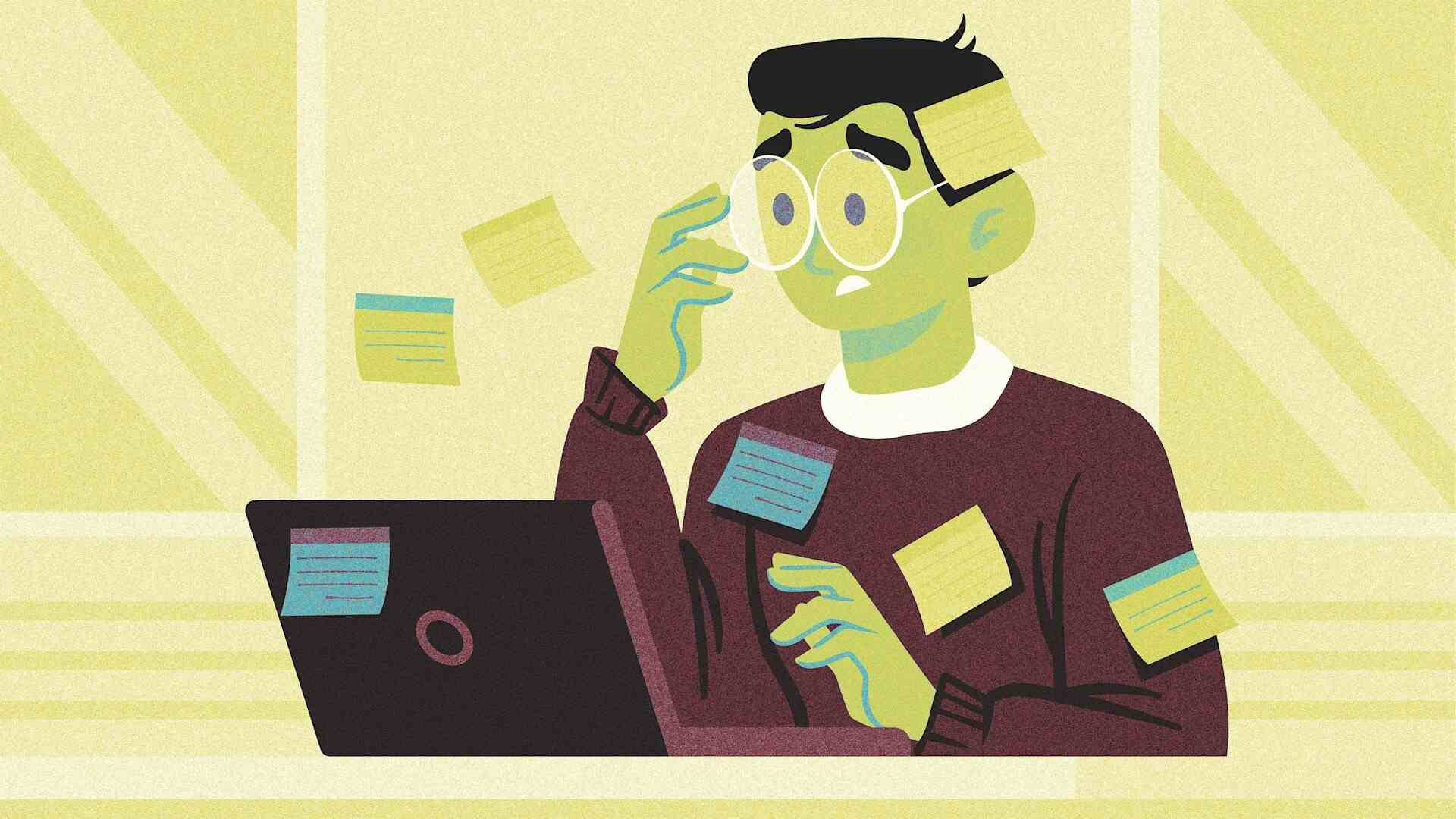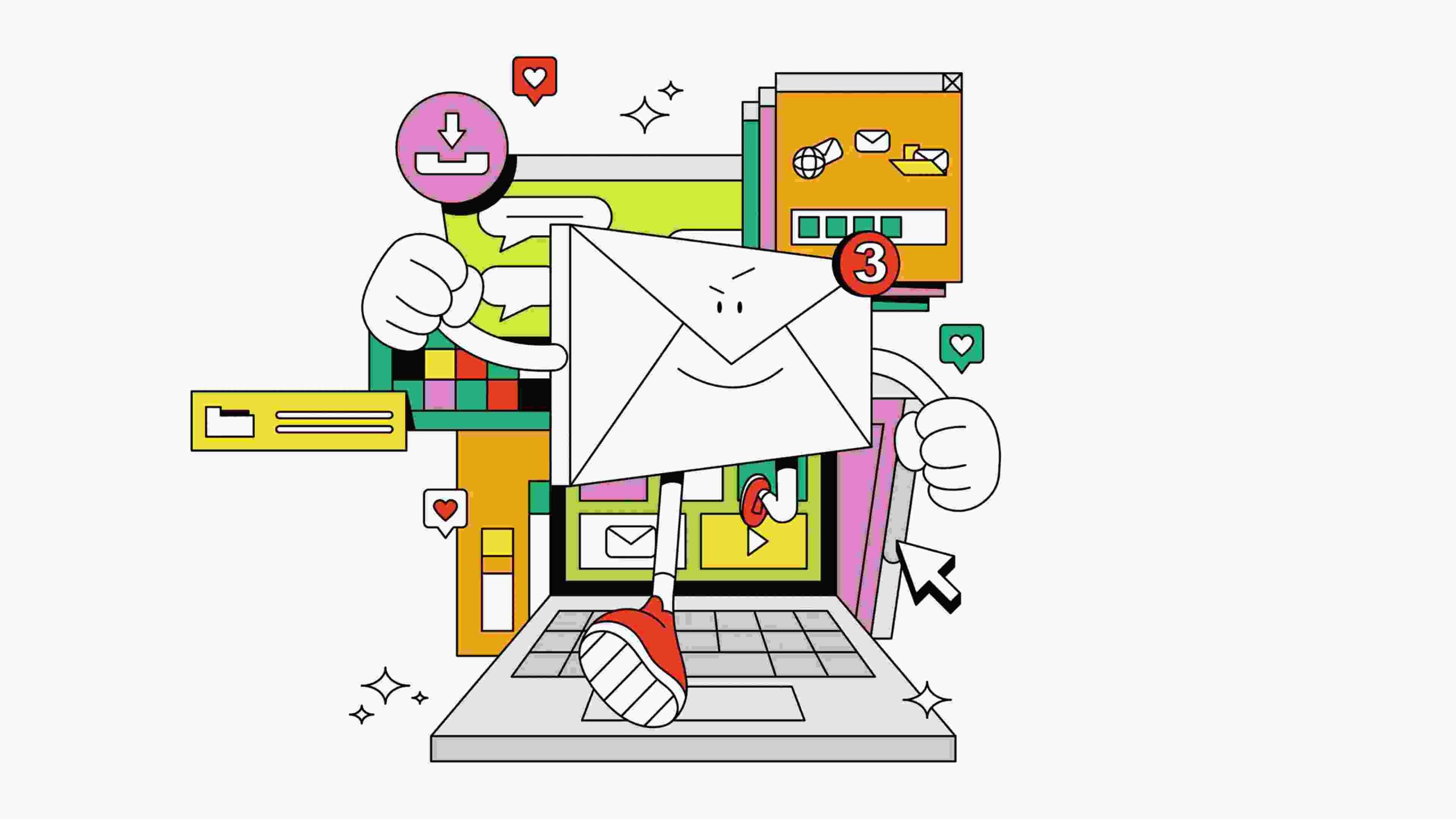- | 9:00 am
Gen Z women are less likely to use AI than Gen Z men. Here’s why
According to a new Slack Workforce Lab survey, Gen Z men are 25% more likely to have experimented with artificial intelligence technology than their female counterparts.

Gen Z is growing up in the age of AI-powered large language models like ChatGPT and Gemini AI. Now this generation of young workers born between 1997 and 2012 is quickly preparing for a fast-changing job market. Still, one problem plagues this upcoming cohort of workers: the AI gender gap.
According to a new study from the Slack Workforce Lab, men ages 18 to 29 are 25% more likely to have experimented with artificial intelligence technology than their female counterparts. Christina Janzer, head of the Slack Workforce Lab, says she was surprised to see the gulf in AI experimentation.
“I don’t know why Gen Z women are less likely to try [AI] than Gen Z men,” Janzer tells Fast Company. “To me, it’s a very big wake-up call that leaders need to do everything they can to enable everyone to use AI.”
As AI tools are further integrated into the workplace, the gap may put Gen Z women at a professional disadvantage. Fast Company spoke with women who are fighting to close the AI gender gap and getting to the bottom of why young women are less likely to embrace artificial intelligence—and what can be done to address the divide.
GEN Z HAS THE WIDEST AI GENDER GAP OF ANY GENERATION
Across the board, Slack’s study found that men were more likely to experiment with AI at work than women. Of the survey’s 10,000 desk workers, 35% of men reported testing AI technology in their jobs, compared to only 29% of women. Slack also determined that Gen Z men are 25% more likely to have tried AI tools than Gen Z women. Of all the generations, this was found to be the widest AI gender gap.
“There are real blockers that are preventing people from trying [AI],” Janzer says. “We can make sure that women are enabled, we can make sure to provide support so that they have the same opportunity to experiment. That’s what I think the message to leaders is.”
This AI gender gap is especially worrying given how radically AI is disrupting workplaces. What’s more, recent data from LinkedIn suggests that AI is more likely to replace women at work than men. An analysis of LinkedIn users’ data from around the world found that while only 43% of men will have their jobs disrupted by AI, 57% of women will. So those who may be the most affected by AI are also the least likely to try it out for themselves.
Theresa Fesinstine, founder of technology-focused HR consulting firm peoplepower.ai, uses her platform to educate women about the workplace use of artificial intelligence. It is this lack of education, she believes, that contributes to the AI gender gap.
Fesinstine says she remembers seeing “women in a boardroom or a conference room where AI was being talked about, and they’ll just nod and smile along because they haven’t been educated.”
Her proposed solution? “Dedicated learning sessions for those positions that are more proportionately female-dominated,” such as administrators, office managers, and HR leaders.
For women, Fesinstine recognizes, asking for training in new technologies can be difficult. “We have to have the confidence,” she says. “The only way that we can have the confidence to say . . . ‘I’m going to fight to get access to these other tools’ is if [we] understand how the tools work and what they do to benefit the employees in the first place.”
DESPITE THE GENDER GAP, GEN Z IS EXCITED ABOUT AI
While younger workers may face the widest AI gender gap, they also may have the most enthusiasm for the new technology. According to the Slack survey, 55% of workers ages 18 to 29 said they were excited for AI to automate parts of their work. This compares to just 33% of workers ages 60-plus.
Yvette Wolfe, president of Booz Allen’s Women in AI group, is unsurprised by Gen Z’s maintained excitement for AI tools. As a millennial, she says her life has been greatly impacted by technology and she understands that for Gen Z this impact has been even greater.
“Technology feels more natural to them. It makes more sense to them,” Wolfe says.
While some members of Gen Z may be eager for AI to help them in the workplace, recent research has also captured a looming sense of worry. According to a May 2024 study from Deloitte, 59% of Gen Z and millennial workers believe that AI will lead to job loss. That statistic jumps to 71% when narrowed to frequent AI users. Gen Z may be the most motivated members of the workforce to use AI within their jobs, but they’re also nervous that the technology will usurp their jobs entirely.
On average, Gen Z is using AI at significantly higher rates than any other generation. According to a May 2024 survey from Adobe, 75% of Gen Zers have used AI, followed by 59% of millennials, 49% of Gen Xers, and 39% of baby boomers. While Gen Zers use AI the most, they also have the greatest inequality in gender usage.
AI GAP COULD PUT GEN Z WOMEN AT A SYSTEMIC DISADVANTAGE
While AI technology continues to transform workplaces, the gap in AI usage may dramatically impact the future of gender equity at work. For instance, the AI gender gap could hold some women back from breaking leadership glass ceilings, and it could exacerbate the existing gender pay gap.
Plus, the gap in AI usage could increase the gendered bias in AI models, which are trained based on information inputted by users. Both Janzer and Fesinstine are quick to point out how women’s usage of AI tools will affect future AI models.
“We’re still defining [AI]. We’re still figuring out the role it’s going to play within the job force,” Janzer says. “The people who are using it and experimenting with it today are the people who are going to be defining that. If the people who are using it today are not representative of our population, then we’re going to run into some problems.”
Fesinstine agrees, noting, “I think what people don’t realize is if they’re using a public OpenAI ChatGPT account, or a public Perplexity or Claude account, that the feedback they give that model through just chatting back becomes part of the training. You are helping support building more diverse models by having a voice in that chat.”
Leaders also say that the gender gap poses an imminent threat to women entering the workforce, with AI knowledge increasingly becoming a prerequisite to upper-level positions.
“Among Fortune 500 companies, [AI] is obviously and definitely going to be a necessary skill,” Wolfe says. “We started with data literacy, now we have AI literacy. I think it’s critical to understand at a high level how things work.”
This is especially true for Gen Z workers, Fesinistine says: “A young Gen Zer who’s coming into the workforce, they’re not walking into the same job they were five years ago or even two years ago. A lot of those entry-level job responsibilities are going to be using AI.”
Of course, the burden of AI education should not rest entirely on women’s shoulders. As part of her Women in AI group, Wolfe works intentionally with men to make sure that they are actively partnering with their female coworkers in the AI space.
“Men make up the majority of the positions that are at the higher level,” Wolfe says. “It’s their job to care about it. It’s their job to set out initiatives to support women and to make it a point to really move the needle.”







































